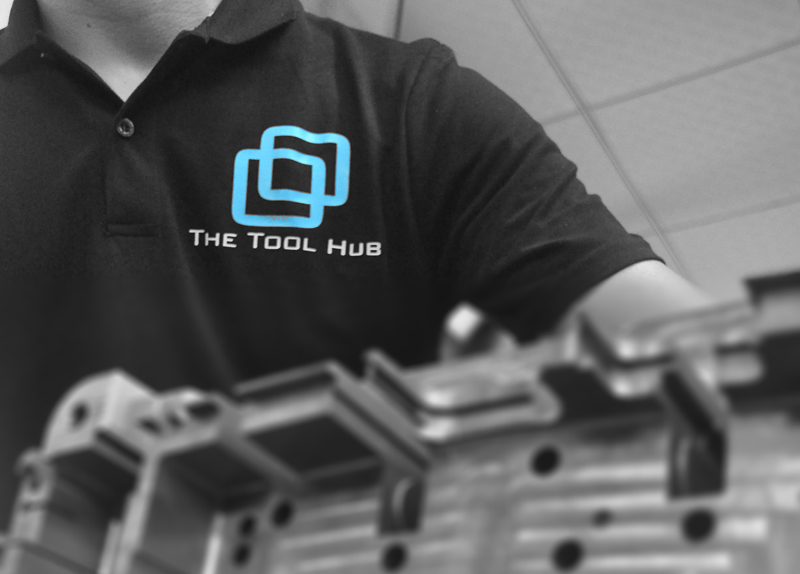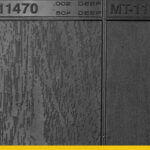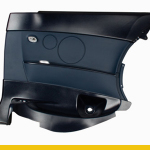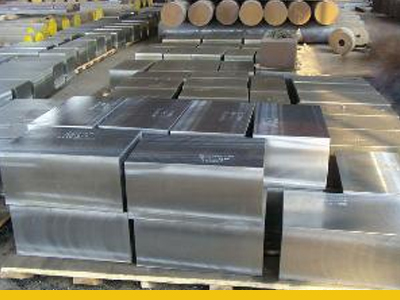Choosing the optimum mould steel for best tooling and production economy.
The choice of steel grade and supplier is often
made at the design stage in order to simplify and
speed up the delivery of the mould. This means
that the material and parts can be ordered in
good time and that the work can be better
planned.
Selecting and verifying correct steel grades are critical steps to every tooling project and must be done very carefully.
The steel types most commonly used are:
• pre-hardened mould and holder steel
• through-hardening mould steel
• corrosion resistant mould steel
For corrosive resins such as PVC, UPVC, POM, The Tool Hub suggests using corrosion resistant steels such as:
2083
2083 ESR
NAK80
420
420SS
ASSAB S136
ASSAB S136H
2316 etc.
For abrasive resins The Tool Hub suggest to use through hardened steel such as:
S7
H13
2767
2344
2343
2379 etc.
For general purpose resins such as ABS, PP, PE, PS, HIPS, ABS/PC,PPO, nylon, Elastomers, TPU, TPV and TPR etc, both through hardened and prehardened steels can be a good choice and the determining factors are tool size, cost and tool life.
When to use pre-hardened steel
• large moulds
• moulds with low demands on wear resistance
• extrusion dies
• high strength holder plates
No heat treatment is necessary before the mould is put into use.
The surface hardness can be increased in many cases by adding a hardness layer (see out further guides on NiHard and Armoloy)
When to use through-hardened steel
• for long productions runs
• to resist abrasion from certain moulding materials
• to counter high closing or injection pressures
• for high pressure processes like compression moulding
The steels are normally delivered in the soft annealed condition.
They are usually rough-machined, stress-relieved, semi-finish machined, hardened
and tempered to the required hardness.
Reliable sources for steel in China that we can recommend to specify:
Assab/Uddeholm
Grodiz
Buderus
Bohler
Thyssen
Daido
and for many applications LKM
A quick comparison of the price difference between steels.
If you take a Chinese produced DIN 2311 and set its price to index 1, you can then see in the table below approximately how much more other alternatives will cost:
| Pre-hardened steel | Price index | Notes |
| WY DIN 2311 | 1 | Chinese DIN 2311 (what you normally get from Chinese toolmakers when P20 is specified) |
| WY DIN 718 | 1.3 | Chinese DIN 2738, the material risk having sand holes, not suitable for visible surfaces |
| DIN 2311 | 1.6 | Suitable for small to medium size tools |
| DIN 2738 | 1.8 | For large dimensions with good through tempering characteristics |
| DIN 2738H (TS) | 2 | Same as DIN 2738 but with a high Ni content for greater hardness |
| IMPAX 718H | 4 | A high purity steel with isotropic microstructure |
| Toolox 44 | 4 | High hardness pre hardened steel that has very good dimensional stability. |
| NAK 80 | 4.5 | High polish steel from Daido |
| Hardened steel | Price index | Notes |
| DIN 2344 CN | 2.2 | Chinese DIN 2344 (what you normally get from China when H13 is specified) |
| DIN 2344 | 3.8 | Normal H13 fully hardened steel |
| DIN 2767 | 3.8 | A good quality tool steel that achieves high impact and compressive strength |
| S StarA | 5 | High polish steel from Daido |
| ASSAB 8407 | 9 | High purity H13 steel similar to a DIN 2344 ESR |
| S136 Stavax | 8.5 | Stainless, high quality steel, suitable to make lens, optical parts, high requirement of surface |
For more details please visit our guide describing our selection of steels and their characteristics.
[su_button url=”https://thetoolhub.com/toolmaking/steel-grades/” target=”blank” style=”flat” background=”#f1c40f” color=”#000000″ icon=”icon: book” icon_color=”#000000″]Steel grades[/su_button]
We are constantly keeping updated with the Tool Steel Technology Group at SSAB to stay on top of our game.
We recommend that you do to.
If you have any questions or just want some quick support, please feel free to drop us a line or give us a call. We are always here to help.






